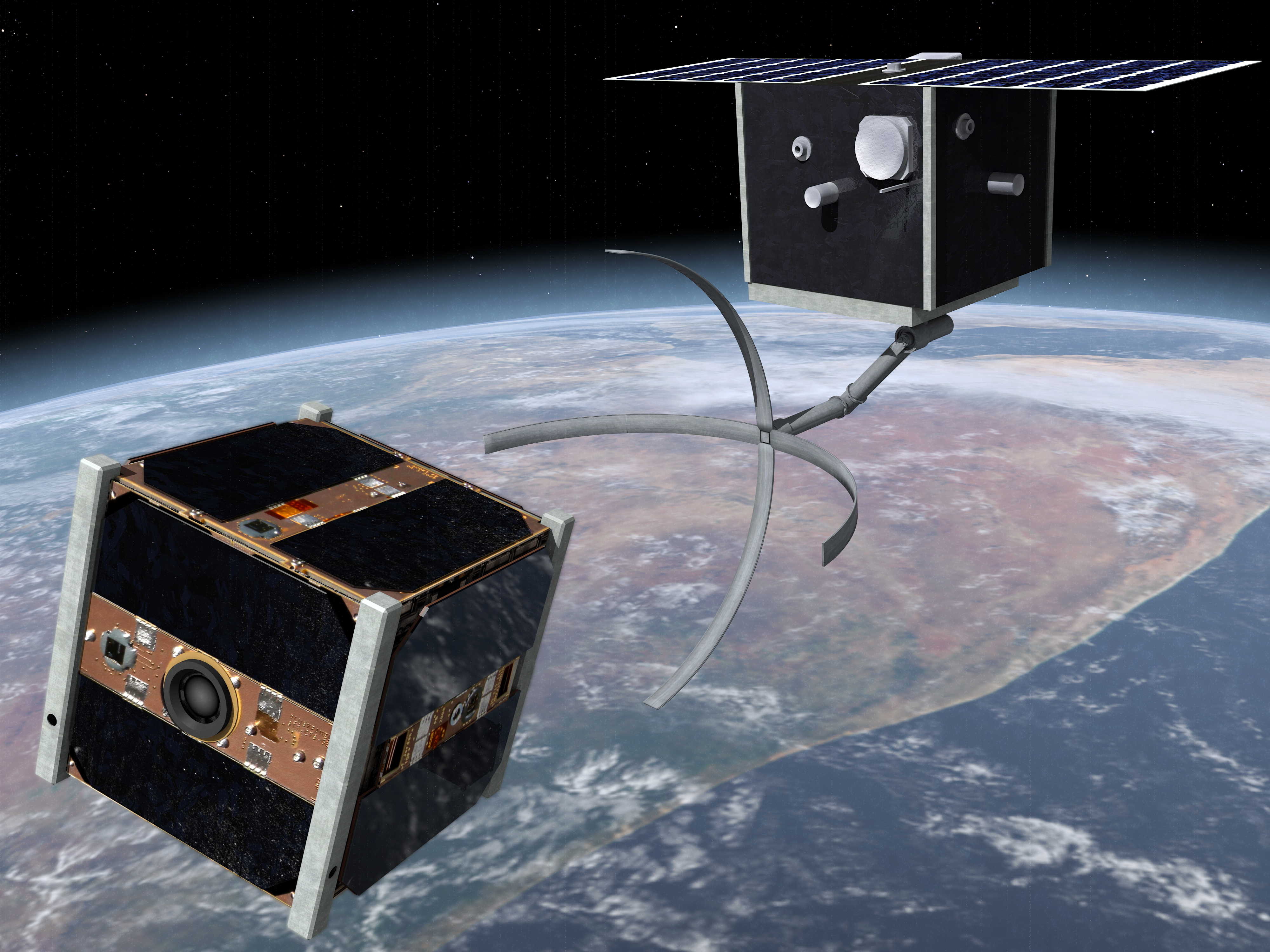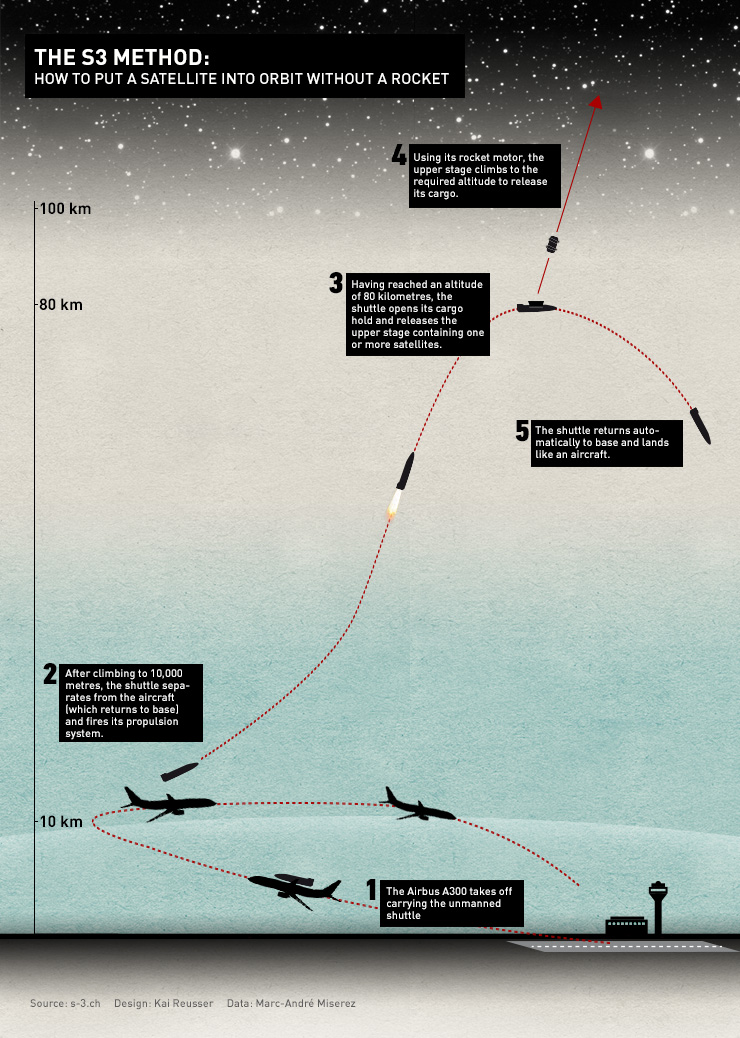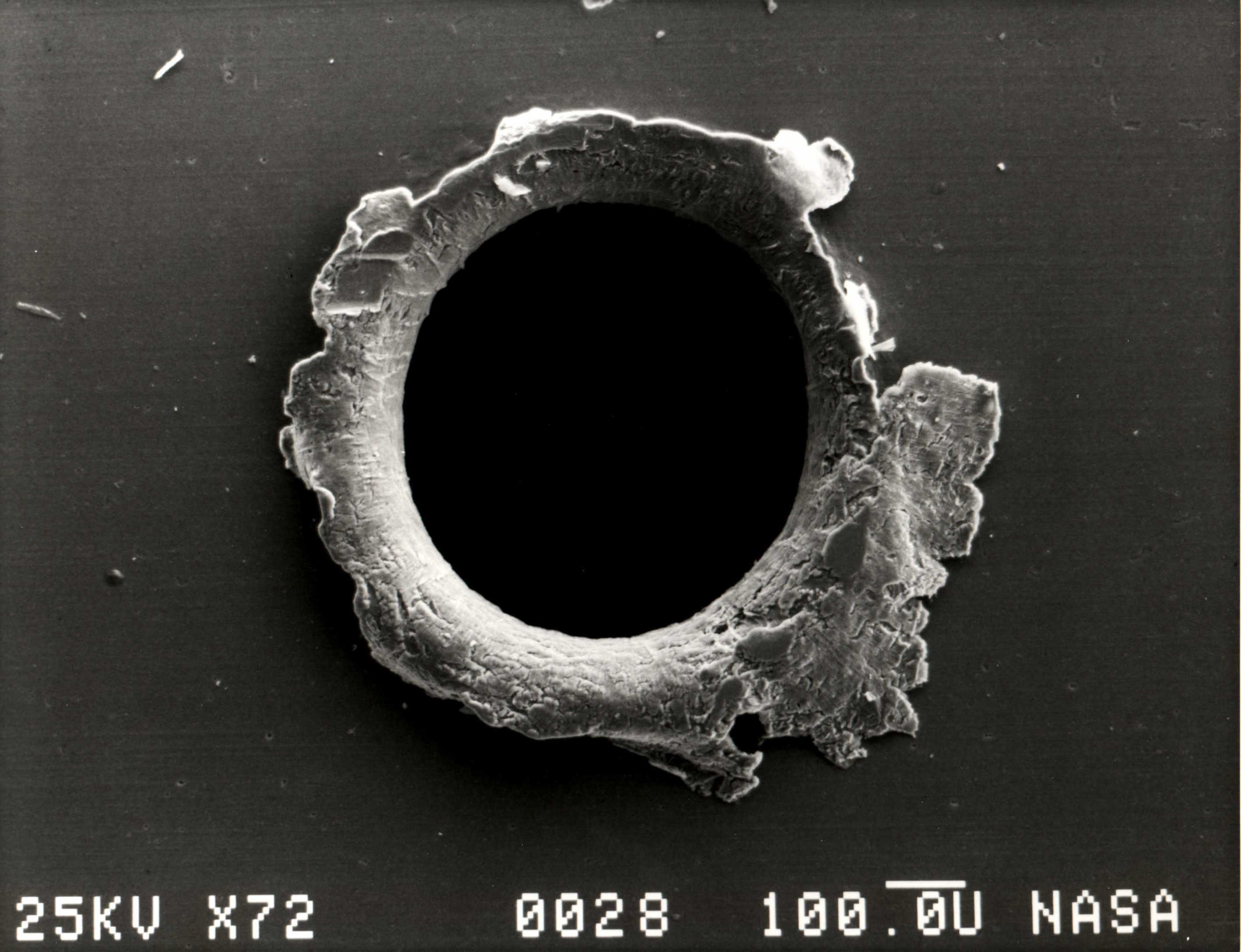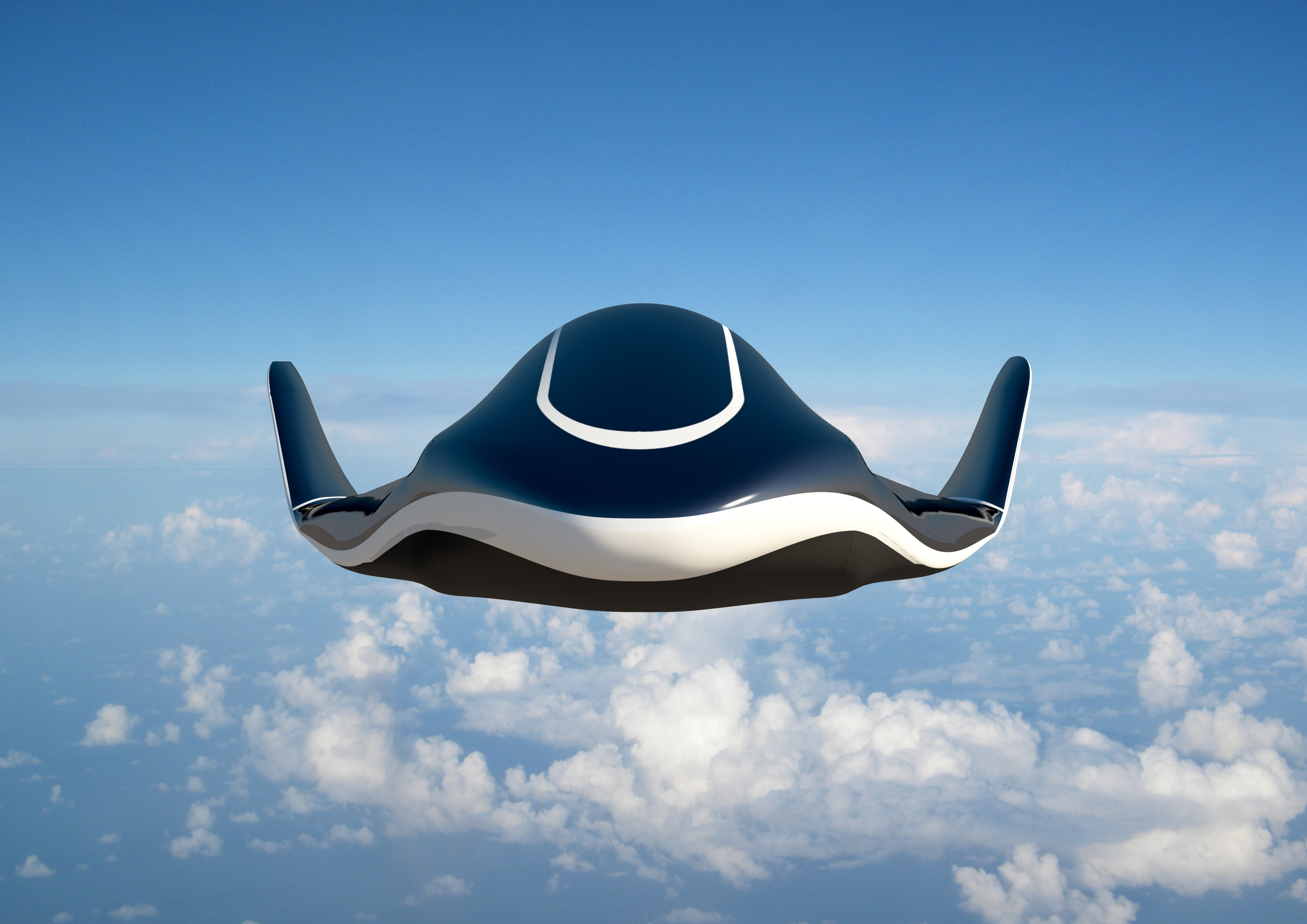‘Space janitor’ gets a boost from local launcher

A project to send a satellite into space to clean up debris has found a partner to lift it into orbit, with Swiss Space Systems (S3) accepting to carry the payload as well as provide additional funding for development for a total of CHF15 million ($16 million).
S3 and Lausanne’s Federal Institute of Technology (EPFL) announced the deal on Tuesday at the launch company’s headquarters in Payerne.
“What was an idea has become concrete with S3’s participation,” said Volker Gass, director of the Swiss Space Center at EPFL. “The company’s concept should ensure the success of the mission.”
The CleanSpace One satellite could be S3’s first launch in 2017 or 2018. Launches happen in three stages: first, a refurbished passenger jet carries a re-usable sub-orbital shuttle with its payload of up to 250 kilogrammes to an altitude of ten kilometres; then, the shuttle climbs alone to 80 kilometres where it releases the rocket-propelled payload that heads into orbit.

More
Launching a satellite sans rocket
Cleaning up
The “space janitor” project was announced last year, with the aim of clearing away some of the tens of thousands of space debris pieces ranging from out-of-commission satellites to paint flakes. This junk orbits the planet at speeds of around 28,000 kilometres per hour, sometimes putting spacecraft of all kinds at a risk of catastrophic failure.
“Debris collisions can be dangerous and very costly,” said former Swiss astronaut Claude Nicollier. “This can lead to the loss of expensive satellites, for example.”
CleanSpace One’s initial test mission would involve capturing and removing from orbit one of two small Swiss satellites, SwissCube or TIsat, dragging it back into the atmosphere where both the janitor and its target would burn up upon re-entry.
So far, the initial design work on CleanSpace One is complete, according to Gass, and the satellite should entail a 30- centimeter cube weighing up to 30 kilogrammes with a grapple mechanism for capturing debris.
The original budget came in at around CHF10 million, but Gass said that lower estimate had much to do with the launch process.
“Costs were based on available launchers at the time and hitching a ride on someone else’s flight,” he added. “The total for the mission is now more expensive, but the launch is now dedicated to us alone rather than having to piggyback.”
He said, however, that the cost for the satellite itself remained unchanged at CHF5 million.
Sound investment
For S3 CEO Pascal Jaussi, investing in the CleanSpace project makes perfect sense. With the aim of cutting the cost of commercial launches to make them more widely available, adding more junk is an unreasonable hazard.
“If we don’t deal with the problem of orbiting space debris and its accumulation, future generations’ access to space will be compromised,” he said.
However, S3 emphasises it is not getting into the satellite business and will remain focused on launches.
“This is not a commercial relationship,” Jaussi pointed out. “What it will do is demonstrate that cleaning up space is technically feasible.”

In compliance with the JTI standards
More: SWI swissinfo.ch certified by the Journalism Trust Initiative


You can find an overview of ongoing debates with our journalists here. Please join us!
If you want to start a conversation about a topic raised in this article or want to report factual errors, email us at english@swissinfo.ch.